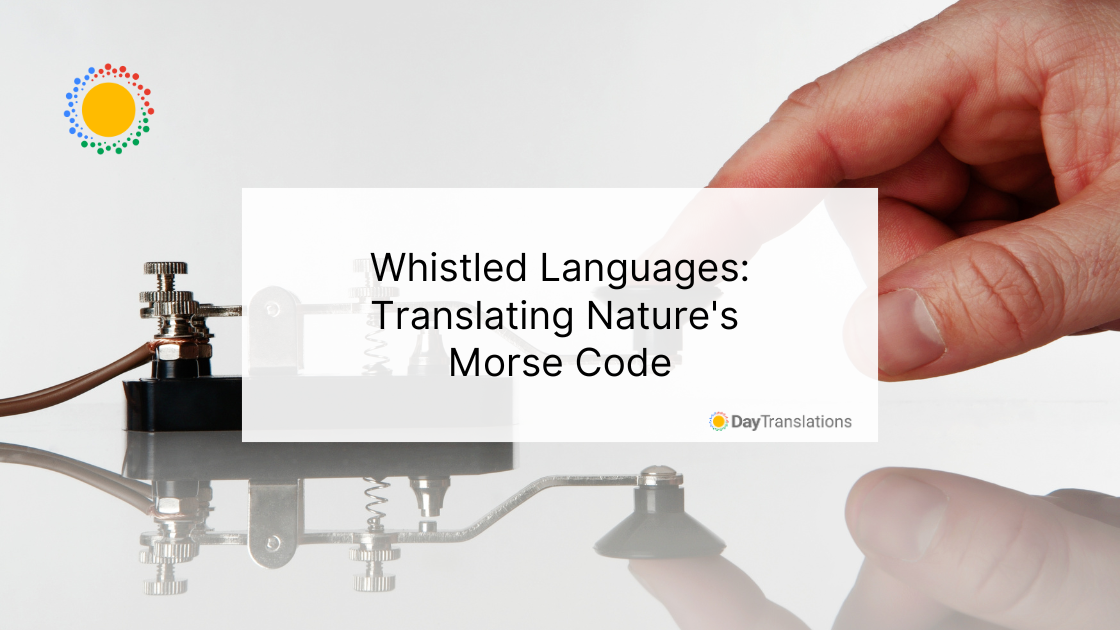Whistled languages, often referred to as nature’s Morse code, offer a captivating glimpse into the unique ways humans communicate. These extraordinary forms of communication rely on whistles and melodic tones to convey messages across long distances, providing a fascinating insight into diverse cultures around the world. In this article, we will delve into the world of whistled languages, exploring their intricacies and shedding light on the challenges faced by translation services in conveying the nuances of this unconventional method.
Understanding Whistled Languages
Whistled languages are not merely a form of entertainment but serve as functional means of communication in various communities. These languages are often used in mountainous or dense forest regions where the terrain limits visibility and traditional spoken communication may be ineffective. They are prevalent in cultures with a strong connection to nature, where the ability to communicate over vast distances is crucial for survival.
In places like the Canary Islands, Mexico, Turkey, and Greece, whistled languages have been developed and refined over generations. The whistles mimic the natural contours of spoken languages, allowing speakers to convey the same complexity found in conventional spoken communication.
Challenges of Translating Whistled Languages
While the beauty of whistled languages lies in their cultural significance and unique communication methods, translating them presents significant challenges. Unlike spoken languages, where words and sentences can be easily transcribed and translated, whistled dialects rely heavily on the modulation of pitch and frequency. Capturing these nuances accurately is a formidable task for translators.
But there’s another intricacy to the matter: cross-cultural translation. The cultural context embedded in the whistled language can be challenging to convey through conventional translation methods. Whistled dialects often carry deep cultural meanings, and accurately representing these subtleties requires a translator to possess not only linguistic expertise but also a profound understanding of the cultural nuances associated with the language.
Localization Services and Whistled Languages
Localization service providers play a crucial role in bridging the gap between cultures that utilize whistled dialects and those that do not. Adaptation is key, and a successful localization involves not only translating the literal meaning of the words but also capturing the essence of the whistles and tones.
To achieve this, localization experts may employ audiovisual aids, such as videos and recordings, to convey the unique cadence of whistled dialects. Additionally, they work closely with native speakers and cultural experts to ensure that the translation preserves the cultural richness inherent in the original communication.
That’s a Wrap!
Whistled languages offer a window into the diverse ways humans have adapted to their environments, creating unique and effective means of communication. As we explore this fascinating world, we recognize the challenges posed by translating such languages and the vital role of localization service providers in preserving the authenticity of these intricate forms of communication. In embracing the complexities of whistled dialects, we gain a deeper appreciation for the rich tapestry of human communication and the lengths to which cultures go to express themselves in the most extraordinary ways.














Sorry, the comment form is closed at this time.